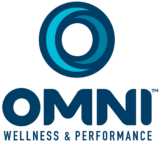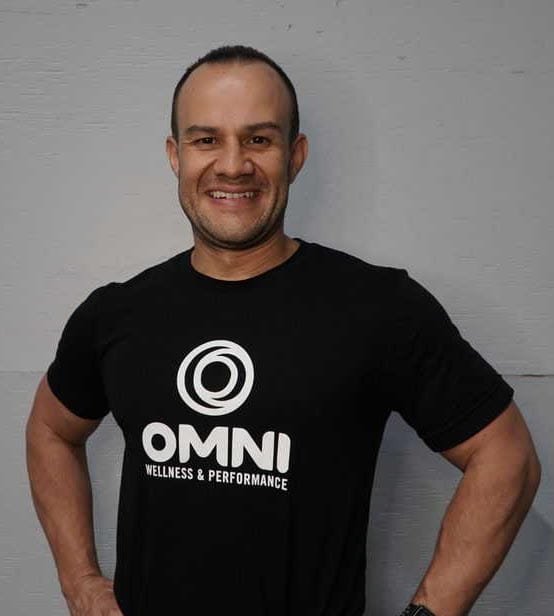In recent years, shockwave therapy has gained popularity as a non-invasive treatment option for a variety of conditions. From chronic pain management to improving athletic performance, this cutting-edge technology offers promising results for those seeking alternative forms of healing. In this blog post, we will delve into the ins and outs of shockwave therapy, providing you with all the information you need to know before considering this treatment option.
What is Shockwave Therapy?
Shockwave therapy, also known as extracorporeal shockwave therapy (ESWT), is a non-invasive medical treatment that uses high-energy acoustic waves to stimulate the healing process within the body. These acoustic waves are focused on specific areas of the body, where they work to break down scar tissue, reduce inflammation, and promote tissue regeneration. This process ultimately leads to improved blood flow, increased cell growth, and the release of pain-relieving substances within the body.
How Does Shockwave Therapy Work?
During a shockwave therapy session, a healthcare provider will apply a gel to the skin before using a handheld device to deliver acoustic waves to the affected area. The high-energy waves penetrate deep into the tissues, targeting the source of pain or injury. As the waves pass through the body, they create microtrauma at the cellular level, triggering a cascade of healing responses that promote tissue repair and regeneration. Over time, this process can help to alleviate pain, improve mobility, and enhance overall function in the treated area.
Benefits of Shockwave Therapy
One of the key benefits of shockwave therapy is its non-invasive nature, which eliminates the need for surgery or pharmaceutical interventions. This makes it an attractive option for individuals seeking alternative forms of treatment for conditions such as tendonitis, plantar fasciitis, and bursitis. Additionally, shockwave therapy has been shown to stimulate the production of collagen, a key component of healthy connective tissues, which can help to strengthen and repair damaged tissues over time. Furthermore, this treatment option is typically quick, with most sessions lasting just 10-30 minutes, making it a convenient choice for those with busy schedules.
Who Can Benefit from Shockwave Therapy?
Shockwave therapy has been used to treat a wide range of musculoskeletal conditions, including tendon injuries, muscle strains, and joint pain. Athletes, in particular, may benefit from this treatment as it can help to speed up the healing process and improve overall performance. Additionally, individuals with chronic pain conditions, such as fibromyalgia or arthritis, may find relief from their symptoms through shockwave therapy. It is important to note that while shockwave therapy has been shown to be effective for many people, not everyone may experience the same results. Consulting with a healthcare provider to determine if shockwave therapy is right for you is essential.
What to Expect During a Shockwave Therapy Session
Before undergoing shockwave therapy, a healthcare provider will conduct a thorough evaluation to determine if you are a suitable candidate for this treatment. Once cleared for therapy, you will be positioned comfortably on a table, and a gel will be applied to the skin in the area to be treated. The handheld device will then be used to deliver the acoustic waves to the targeted area, with the intensity and frequency of the waves adjusted to your specific needs. While some individuals may experience mild discomfort during the session, the overall process is generally well-tolerated and requires no downtime afterward.
Recovery and Follow-Up Care
Following a shockwave therapy session, it is common to experience some mild soreness or swelling in the treated area. This is a normal part of the healing process and should subside within a few days. To promote optimal recovery, it is important to follow any post-treatment care instructions provided by your healthcare provider, which may include rest, ice, elevation, and gentle stretching exercises. In some cases, multiple shockwave therapy sessions may be recommended to achieve the desired results, with most individuals noticing improvement within a few weeks of starting treatment.
Potential Risks and Side Effects
While shockwave therapy is considered a safe and effective treatment option for many individuals, there are some potential risks and side effects to be aware such as residual soreness. However, these should pass within 24-48 hours, if you continue to have soreness please let your medical professional know.




